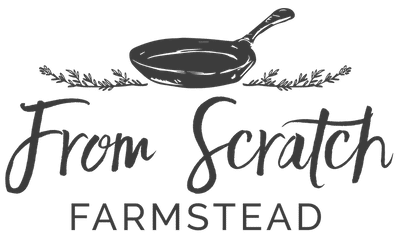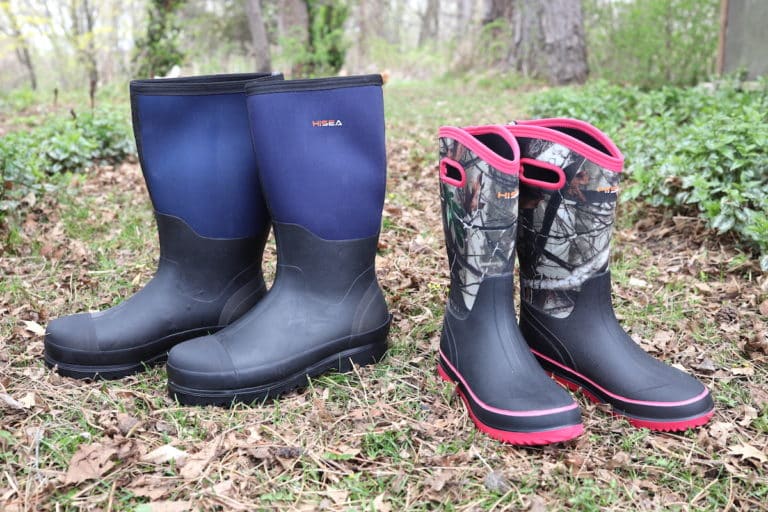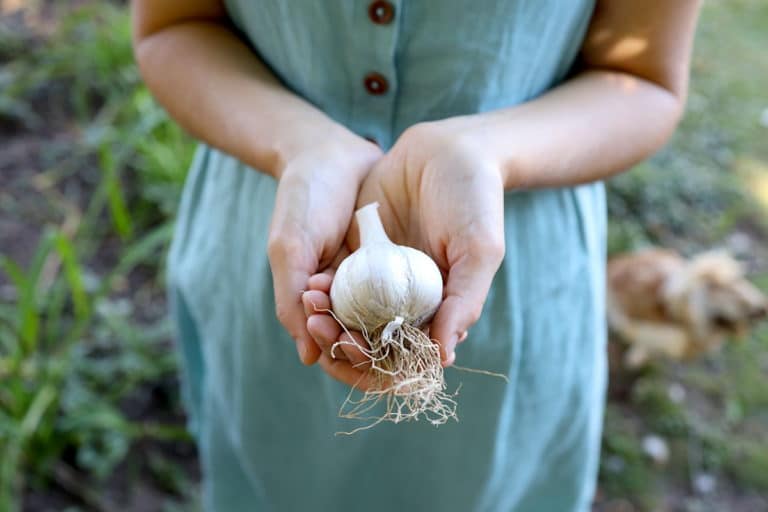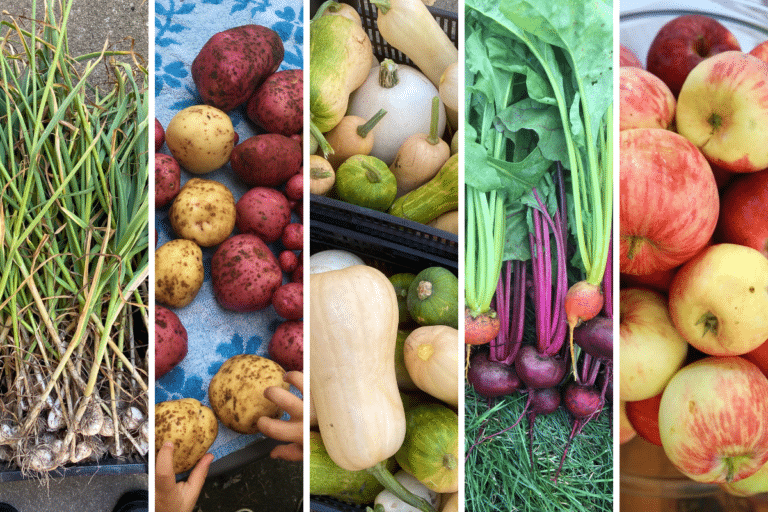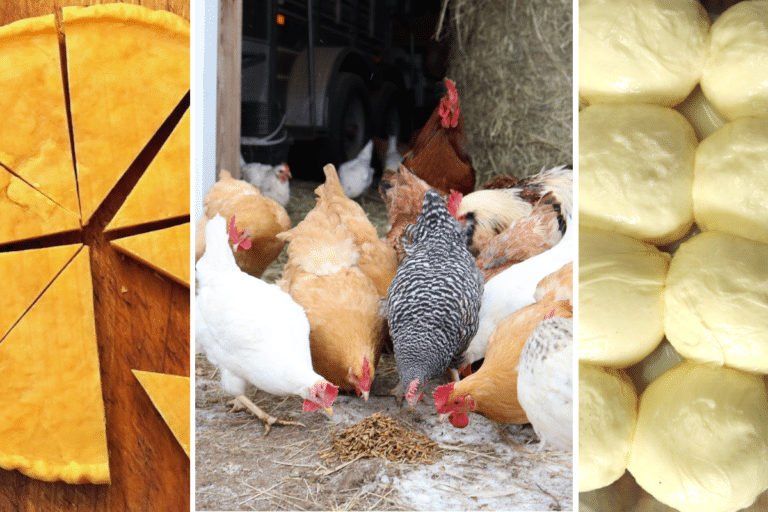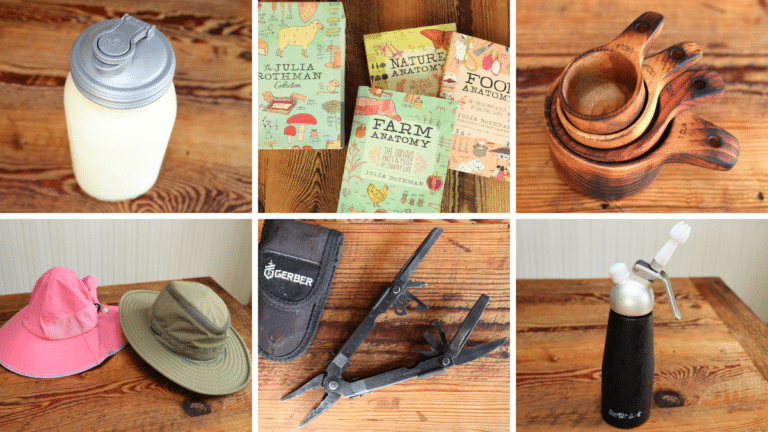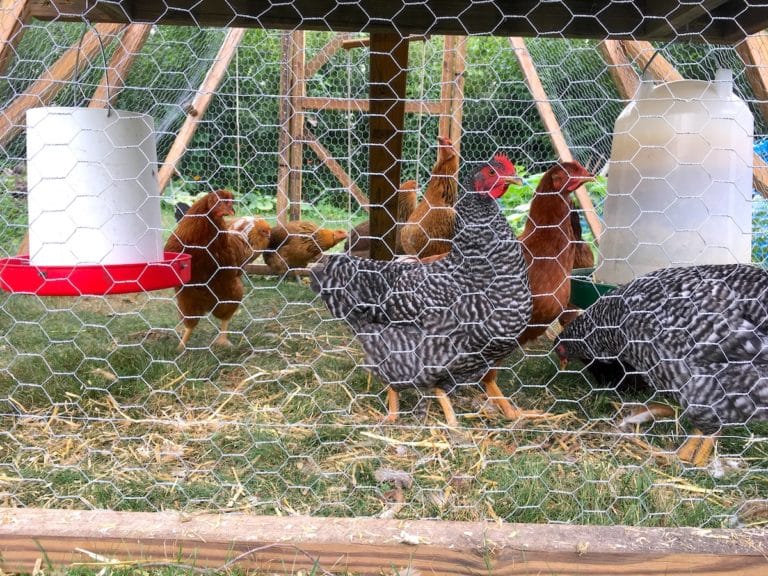How to Break In Your LGD Dog On Your Homestead
We learned a lot during our first 6 months owning our LGD dog – mostly the hard way! Hear the lessons we learned and what we wish we had started on sooner when we brought home our livestock guardian dog.
Why have an LGD Dog at all?
Livestock guardian dogs can play a vital role on the farm. We know friends who have had their LGD take down wolves and bobcats, nearly laying down their life, to protect the flock or herd they are protecting. These dogs are not pets but have been specifically bred to guard and watch over livestock.
Even on a small farm or homestead, they can play a vital role. Last fall on our 5-acre homestead, we lost a couple of chickens to hawks. It seemed like it was going to be a regular occurrence. Several times we were thankful to have heard the commotion and sprinted out the door to scare the hawk off just before it could deal a fatal blow to the helpless chicken it had pinned down.
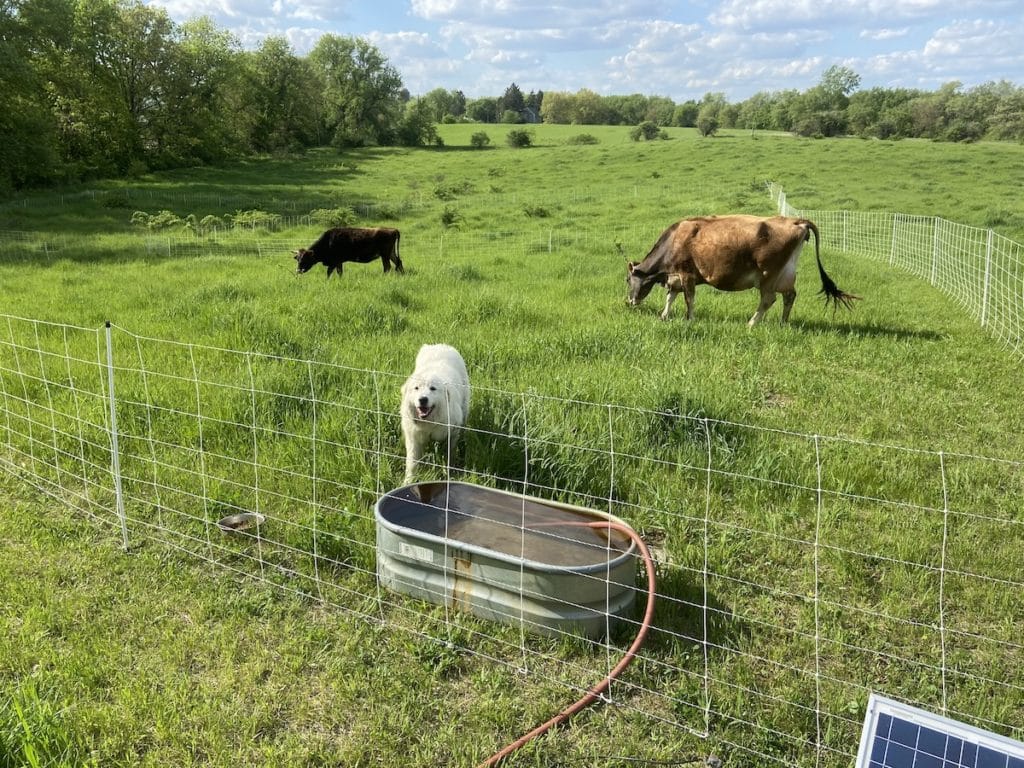
But since Stella, our Maremma LGD, joined us this past winter we have not seen a hawk even dare come close to our flock. Even though Stella is with our cows in the back field most of the time and the chickens roam up front near the house and barn, her presence alone has been enough to keep the hawks away.
LGDs have been specifically bred for thousands of years to protect and be ever-vigilant over their livestock. They guard like it’s their job, because it is. These work animals are on the clock 24/7.
That said, are they safe?
Our Unexpected LGD Dog Opportunity
We weren’t planning to have a Livestock Guardian Dog.
Yet.
We did think we’d get one someday. Like a few years down the road. There were so many questions of how having an LGD dog would work on our homestead and with our young family.
We only have a few acres, won’t we be chasing them all over creation?
Our kids are young, is it safe for them to be around such a big dog?
The farm is functioning alright now without one, why rock the boat?
But when an unexpected opportunity to bring home a 3.5 month old Maremma puppy fell in our laps we needed to decide quickly.
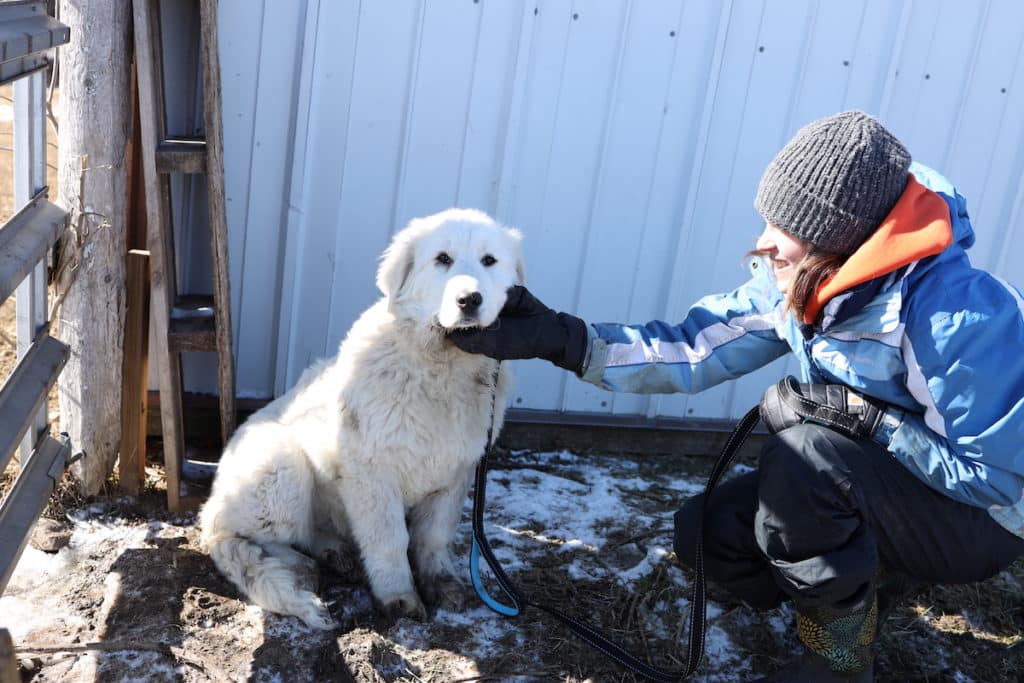
We reached out to some friends who also kept Maremma’s and they invited us over to meet their dogs and ask questions.
No, we didn’t find any bloodthirsty ferocious beasts at their farm. Instead, their dogs were calm, well-trained, and even somewhat therapeutic to be around. They interacted politely and cautiously with our children and seemed to just want to stay close to the animals they were protecting.
We felt so much more comfortable and informed and said “Yes!” to bringing home this Maremma pup!
Why we have a Maremma LGD Dog
As mentioned above, our top concerns were the safety of our children and having a dog that wouldn’t bolt from our 5 acre homestead.
First, Maremmas are very loyal dogs. They are known for keeping close proximity to the animals they are protecting without having the urge to roam.

While Great Pyrenees are much more common as livestock guardian dogs, they also can have a tendency to vacate. We have two separate friends who have both had Great Pyrenees that frequently wandered off. They were regularly on the lookout for them and went to great lengths to try and keep them on the farm. This was a HUGE selling point for Maremmas and we have not yet had any issues with Stella hopping fences or even wandering off when she has the chance.
Second, Maremmas are gentle, mild-mannered dogs. Yes, they can show their strength and size when called upon to protect. But day to day, they are loveable, sweet dogs that look out for our family just as much as they do our animals.
You will want to take intentional steps early on to spend time with your Maremma puppy so they bond with you and your children. But Stella warmed up to all of us quickly and has shown nothing but affection toward our family.
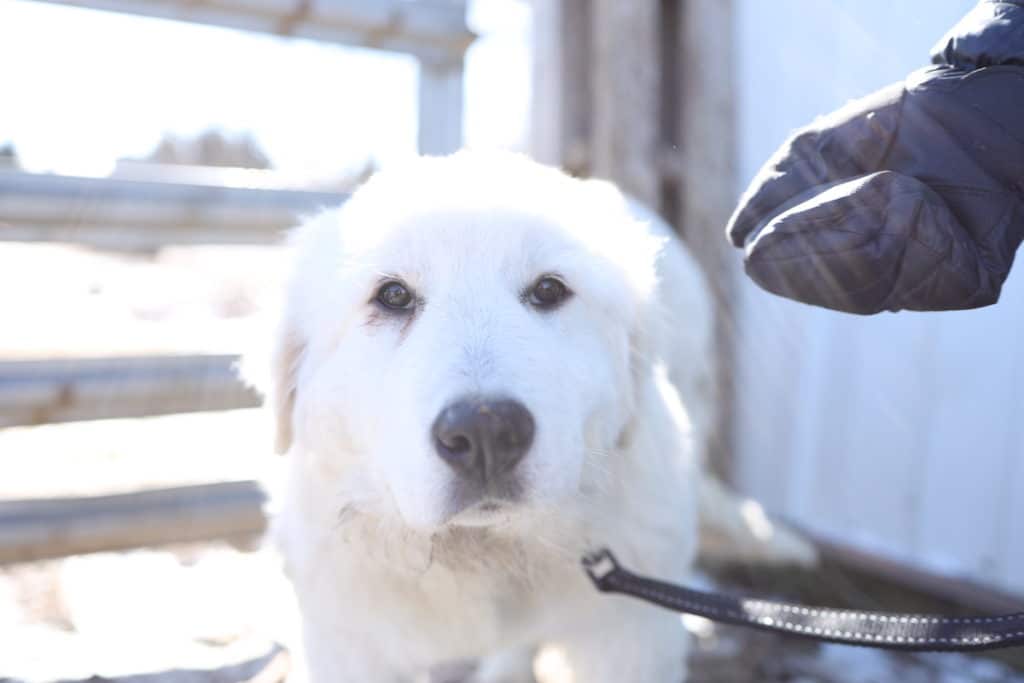
Each LGD dog breed carries different traits, temperaments, strengths, and weaknesses. And these characteristics will even vary within a breed based on pedigree and other factors. But so far, we have been very happy with our Maremma. Stella has integrated well into our small homestead.
How To Break In Your LGD Dog on Your Homestead or Farm
That said, livestock guardian dogs are unique from other dogs and can have a learning curve. We were not “dog people” heading into this and knew very little about LGD dogs. We already had a dog, but he is seriously the most hands off, low maintenance dog you could ever imagine. Like seriously, he can practically read your mind and do exactly what you’re thinking you’d like him to do!
So, during these first 6 months with Stella, we’ve had to adjust our expectations just a bit and, in many instances, learned the hard way. Several issues popped up with Stella that we certainly could have been more proactive in preventing. But – lucky for you – you can learn from our mistakes and hopefully avoid a lot of headaches for you and your livestock guardian dog!
Here are our top tips for successfully welcoming and integrating a new LGD dog on your farm or homestead:
1. Develop a daily and consistent routine
Like most animals, LGD dogs thrive on routine. This means spending intentional one-on-one time with them daily so they will trust you and know you are a safe person to be around. We found that Stella bonded very quickly and naturally with our cows because she was with them all the time. But in some ways, we were the outsiders!
There were times early on where she would just stand at the fence and bark at us non-stop in an intimidating fashion any time we got near her. As a result we grew timid around her and kept our distance. But she was also feeling unsure and timid with her new owners and home.
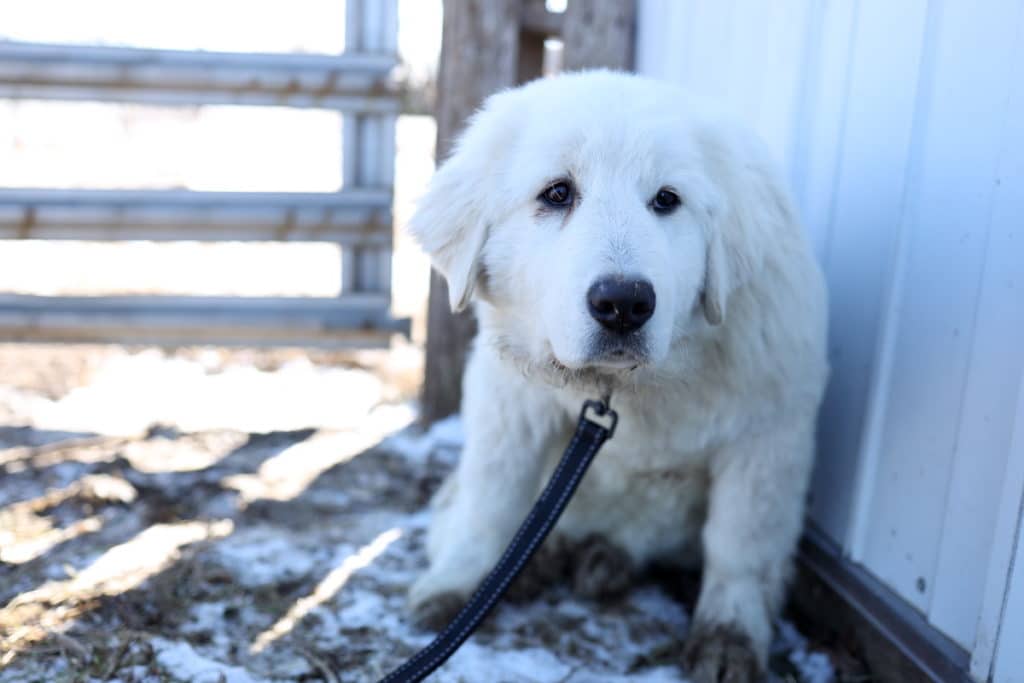
Stay confident and calm toward your LGD dog and every day set aside time to just be with them. It doesn’t have to be long – 5, 10, 15 minutes. But spend time together routinely, or at least taking steps toward them, so they develop that trust and bond.
2. Train your LGD Dog on a leash
From a young age, make sure your LGD dog is comfortable being on a leash. You never know when you will need to move, retrieve, take your dog to the vet, etc. Without the capability of them being on a leash this can be a nearly impossible task.
We found out that Stella had never been on a leash before we got her. It quickly showed. She didn’t like being on a leash in the least! She pulled with all her might, clawed at it, and refused to move anywhere when we put a leash on her.
Instead of readjusting our expectations that evidently, she wouldn’t be going on walks around our property after a couple of days, we got discouraged and gave up on the leash. Clearly, she didn’t like it, so why force things? Turns out we were correct in thinking we shouldn’t force things but horribly wrong to just give up. We didn’t train her to be on a leash until months later when we were forced to.
We learned that leash training goes hand in hand with the first tip of developing that bond and trust with your dog. One rare success we had early on was to train Stella to be calm and sit before she got her food. Turns our dogs are highly motivated by food!

With that in mind, I was also able to eventually train Stella to be comfortable on a leash by incorporating it into her feeding time. I started by just bringing the leash along with me and letting her sniff it and get used to it before giving her food. Then, she eventually just let me put it on her. We have kept up this routine and being on a leash has become completely normal. She might even look forward to it!
3. Address things right away
Unfortunately, we learned this on multiple fronts:
Matted Fur
When Stella came to us in the winter her long white coat of fur was pristine and beautiful. Come spring and summer her fluffy tufts turned to hard clumps. These gnarly knots of undergrowth fur formed all down her back and got worse and worse. Naively I thought maybe they’d just fall off when she started shedding. Not at all! They just got worse.
At one point, one of our cows must have bit one of the clumps off of the backside of her ear which left a pretty nasty wound. Finally, we recognized this is an issue we need to deal with!
This was also our first step toward really bonding with Stella (remember, we gave up early and weren’t spending that daily, routine time with her). For days I went out there with small hair scissors trying to remove the matted fur clumps. At first, she’d remain calm long enough to remove one or two easy clumps and I’d call that a win. But eventually, she trusted me and I was able to cut off as many clumps as I could until she lost patience. You’ll know when that happens – they’ll just get up, walk away, and keep their distance.
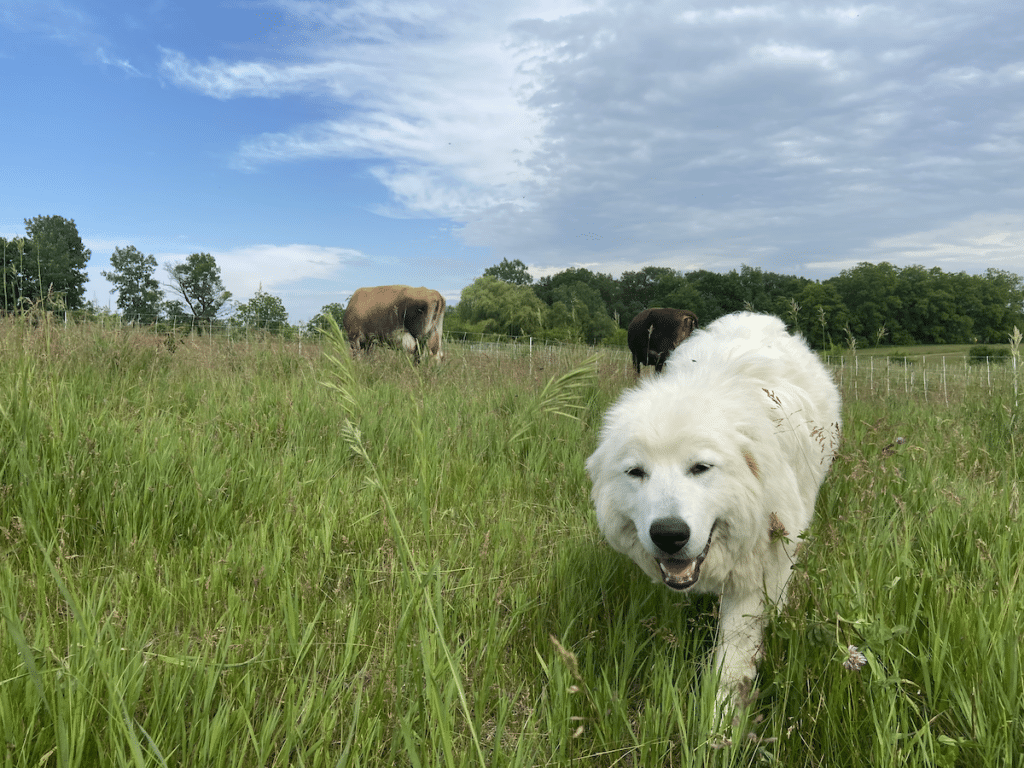
Eventually I was able to get all the matted fur clumps removed! And Stella and I had developed somewhat of a bond in the process. We learned 1) matted fur only becomes an issue when not taken care of right away. There are actually comb-like tools that remove the undergrowth fur before it becomes matted. 2) The clumps can get incredibly tight to your dogs skin and be uncomfortable for them. Use very small snips to gradually release the clumps instead of trying to cut them away in one fell swoop.
I learned this the hard way, which led to the next lesson.
Address Wounds
Wounds come up with animals. Stella already had one wound on the backside of her ear/scalp. Then, while removing a matted fur clump on the other ear, I nicked her in the process.
Neither wound looked bad initially. But between her clawing at them and extreme fly pressure since it was right in the middle of the summer, the wounds opened up and got a lot worse.
Keep in mind, she still wasn’t comfortable being on a leash at this point. Any time we approached her to try and apply a treatment she ran and wanted nothing to do with us. So, we quickly realized that step one was some serious bonding and just getting her comfortable being on a leash.
Then we tried multiple treatments. One was a natural liquid bandage. This seemed to help some, but the wounds still kept opening up. Next was an aerosol spray, but she was deathly afraid of the spray.
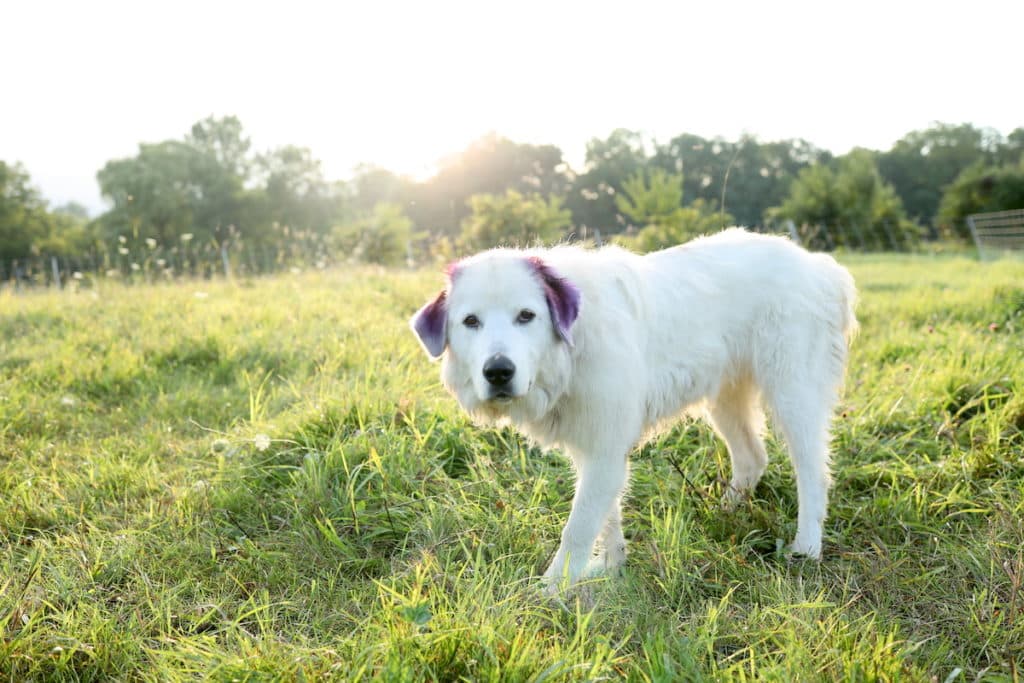
What finally worked was Dr. Naylors Blu-Kote. The main ingredient is called Gentian Violet, which is actually an antifungal and antiseptic dye that was developed in the 1800’s. This stuff got messy! Especially early on when it was a fight trying to get it on her. She put up a ton of resistance and we attempted to pin her down and our best to dab it on her ears. Our hands, arms, and clothes turned purple for a time!
While Blu-Kote comes as a spray, we went with the dauber option. She eventually warmed up to it and let us apply it. Yes, she has purple ears! But after applying Blu-Kote every morning and evening for a couple of weeks her wounds have scabbed over and are looking so much better! You can find Blu-Kote here, or we also found our local Tractor Supply carries it.
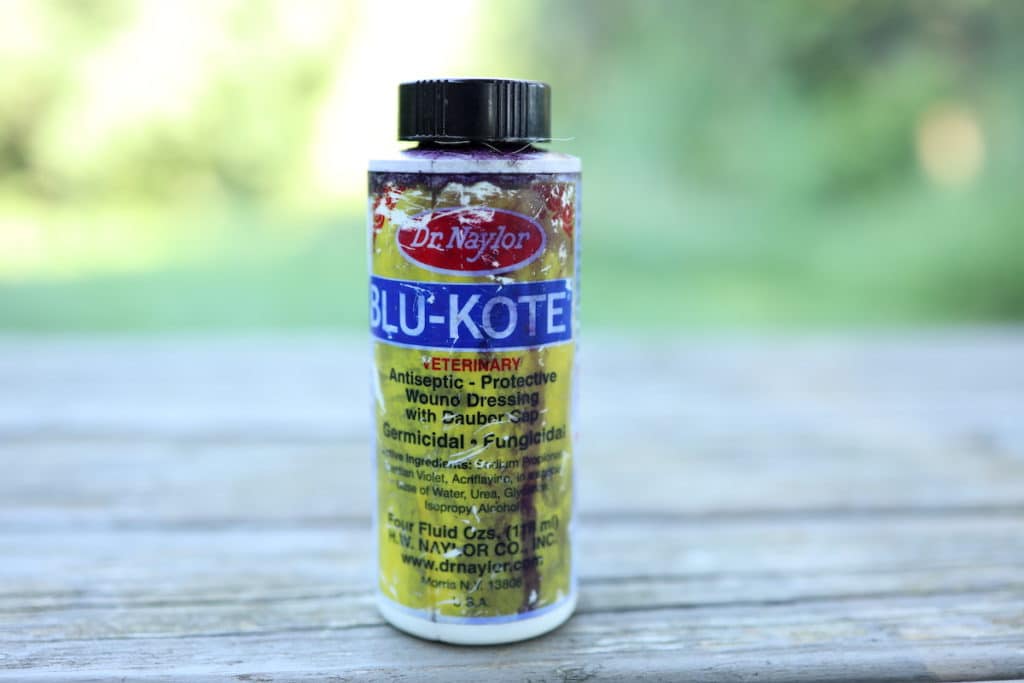
Save The Chickens!
Another thing that popped up was that Stella was aggressive toward our chickens. We’ve heard this is common around when they are 5-9 months old. They’re not intentionally aggressive. But LGD dogs can lack the self-control early on to resist chickens, or even just be playful to the point where they can harm or kill chickens on your farm.
We had one close call. Then another. And finally, we found one of our free-ranging laying hens dead in the field. Had we acted after the first incident, we probably could have prevented losing a chicken.
After that we took action and here’s what we learned:
- Show your disapproval loud and clear! You never want to be physical or violent with reprimanding your dog. But be over-the-top in letting them know that what they did is not acceptable behavior. “NO!” “NO CHICKEN!” “NOOOOO!!!” They will get the picture and while they still may not have the self-control to lay off one of your chickens until they’re older, it will make them think twice before the next opportunity pops up.
- Separate your chickens. We wish we would have taken some steps to keep Stella and the chickens separated early. In the end, some simple measures and fencing modifications worked with minimal effort.
We have heard that most Maremmas and LGD dogs do outgrow this chicken chasing stage and eventually develop the self-control to let them be. We are just getting to that stage, so here’s to hoping!
4. Ease your way into things
This lesson really applied to so many incidents along the way. But any time we came at her with our agenda and timeline for things to happen it never went well. Forcing her to be on a leash when she wasn’t ready. Wrestling her and trying to apply treatment on her ears. They were all disasters.

But when we adjusted our expectations first, took baby steps, and allowed new things to our LGD dogs world to come at a natural pace, she always warmed up to things, developed trust, and let us ultimately do what was needed.
As an example, we bought a harness for her after realizing that she tugged aggressively when on a leash. I tried initially to get it on her and – surprise surprise – she wanted nothing to do with it and ran away any time I tried to put it on. So, I took a slower approach and just brought it out with me when I brought her food each day. She saw it, sniffed it, and got familiar with it for weeks. Then I tried again, and she laid there and let me put the harness on, no problem!
The same was true for training her on a leash and being able to treat her wounds. Introduce new things small and incrementally. You’ll get there as long as you work on their timeline, not yours!
5. Summertime can be rough
Many LGD dogs with their thick coats are living their best life in winter. Stella looked as happy as could be prancing through the snow with her dazzling white fur. But summertime means flies. And flies can do a lot of damage quickly to a dog that’s outdoors all the time.
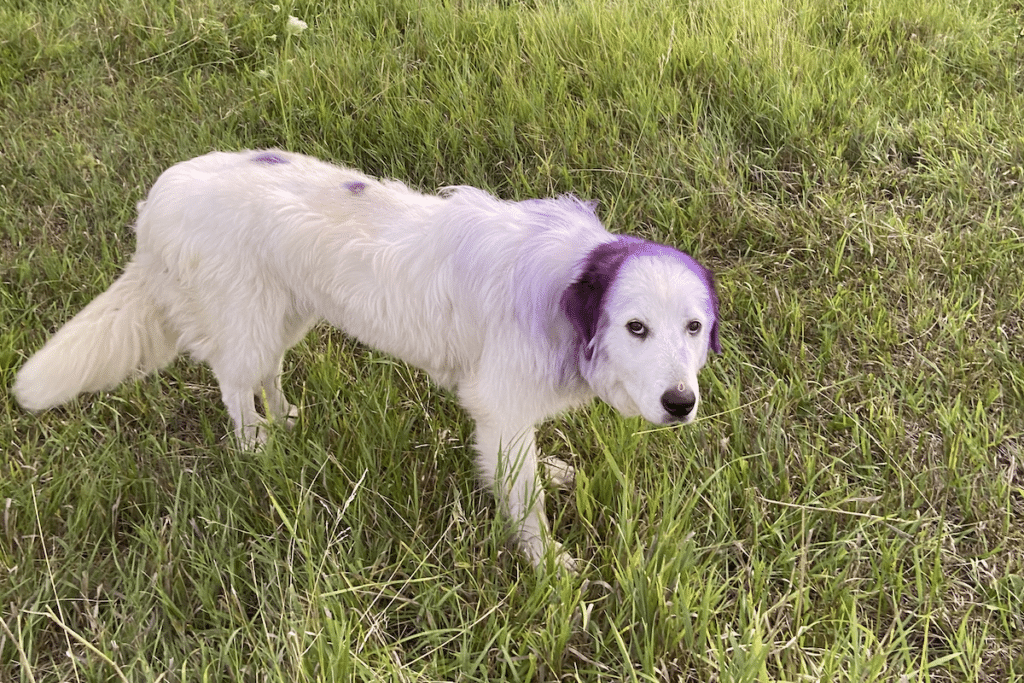
The first place we noticed this was with Stella’s nose. This is a common place that LGD’s are susceptible to flies biting at and opening up a pretty nasty wound. Thankfully her nose is healing up now on its own toward the end of summer. But their nose, along with other vulnerable areas like their paws, can be areas that flies do a lot of damage to in summertime.
Hard Lessons Learned
Between nose and ear wounds, purple ears, and a haircut that looks like it’s from a drunken barber that never passed hair cutting school, Stella is looking in pretty sad shape as we near the end of summer.
But, things are looking up! Her wounds are nearly healed, the purple is fading, and you can rest assured that we’ll be more on top of the matted fur situation – or any new issues that pop up – down the road.

In some ways, we are grateful these issues popped up. Ultimately it forced us to act, slow down, show Stella lots of love, and develop a mutual bond and trust. We certainly could have circumvented much of it. But Stella is really doing great now and loving being a part of our little homestead!
Learn from our mess ups!
Be confident and constant in letting your LGD dog know they can trust you. Introduce new things slowly. Live at their pace and don’t have any expectations.
You got this!
Some of the above links are affiliate links. This means we earn a small commission on qualifying purchases at no cost to you. We are so appreciative of your support!
Read more about life on the homestead:
- Beginners Guide to Self Sufficient Homesteading
- Owning A Family Milk Cow Basics
- Why a 5 Acre Homestead is the Perfect Size for a Beginner
- Farm vs. Homestead vs. Farmstead | What They Are And How To Choose
Pin it for later!

